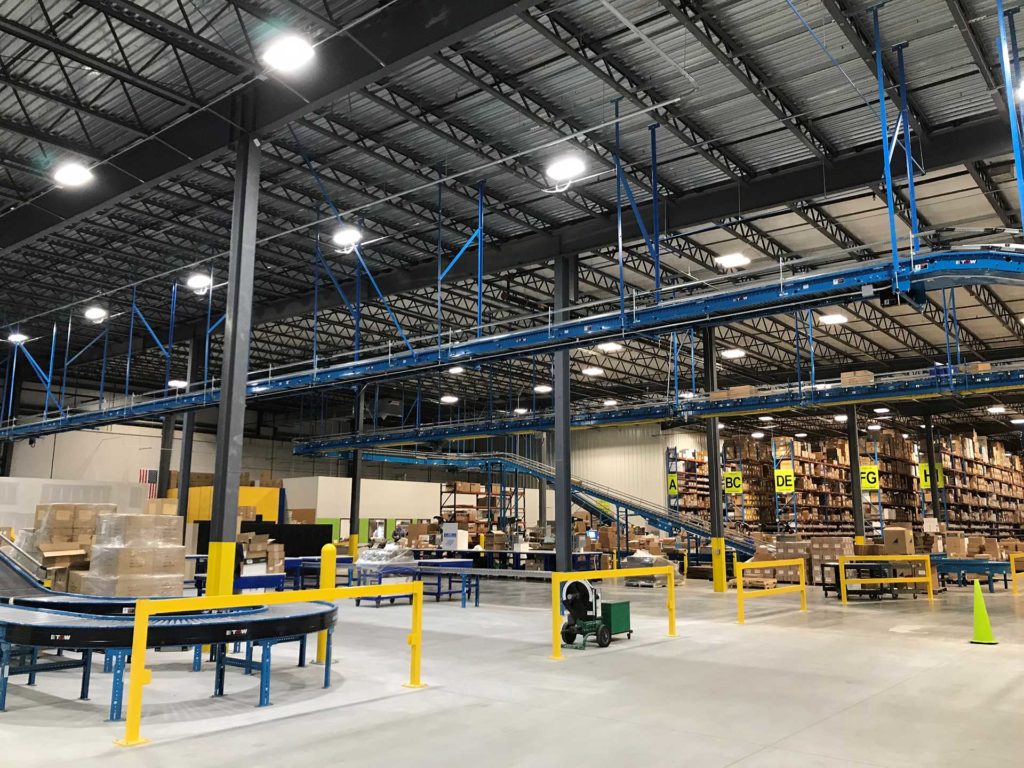The COVID-19 pandemic has drastically affected the world’s global supply chains. Few industries have escaped this disruption, whether they’re producing, manufacturing, or selling medical equipment, food, clothing, electronics, consumer goods, rare earth minerals, and much more.
The pandemic has exposed supply chain vulnerabilities of organizations in all industries, including those companies who source supplies, raw materials, and finished products from China.
By 2018, the global supply chain had already begun to react and respond to tensions between the US and China, and the WTO has recently warned that global trade could decline by as much as 32% this year partly as a result of the trade war and the pandemic.

While China accounts for 60% of consumer goods and 41% of global technology, media, and telecoms (TMT) exports, experts predict that more companies will likely adopt a China +1 strategy for their supply chain management. However, they caution that efforts to end free trade agreements (FTAs) — as well as the effects of the pandemic — may impact where and how businesses restructure their supply chains.
Initial Impact
Never more than now has the importance of supply chain resilience and risk management been more apparent. At the outset, the pandemic impacted supply chains in various ways that included shortages in:
- Raw materials and finished goods coming through logistical hubs or from impacted areas
- Labor, because of quarantine protocols and illnesses
- Sourcing, discovering, qualifying, and certifying new businesses or programs
- Logistics, whether working within established hubs and supply networks which were, themselves, affected by capacity limits and availability and the ability to find reliable alternate routes/ transportation
- Consumers, many of whom changed buying habits to shop more online
Prioritization & Trade-offs
Many experts recommend using a holistic approach that incorporates resilience and adaptability. The global pandemic has highlighted a need to focus on cost-related trade-offs as businesses reevaluate their approaches to supply chain management.
Inventory levels
The trend for decades has been to use just-in-time manufacturing models. These strategies help to reduce inventory costs by keeping lower stock levels. However, this approach relies on always-available, on-time deliveries. The COVID-19 pandemic interrupted and caused significant delivery delays which resulted in many productions having to shut down.
Flexibility
Effective supply chain management can pivot to address changing circumstances like supplier capacity or product demand. The pandemic tested companies’ abilities to switch suppliers because of facility shutdowns and export restrictions, for example. COVID-19 also pressured companies to keep up with significantly increased demand for certain items. A wider — or redundant — supplier base can address and facilitate this flexibility but may yield higher contract costs or lower efficiency that results from lower order volumes per supplier.
Advantages of Collaboration
Effective collaborations can facilitate businesses’ abilities to identify and manage risks, which then increases supply chain resiliency during a crisis. Regular, consistent communication among collaborators increases supply chain visibility and enables all players to identify and understand the potential impacts of disruption.
Long Term Strategies for Managing Supply Chain Risk & Disruption
This global pandemic has revealed the high cost of supply chain disruption and exposed the fragility of global supply chains. It’s highlighted the need for companies to consider strategies to future-proof their own supply chain management.
Companies have begun to plan for the long term by creating processes that facilitate reacting, adapting, and executing crisis management mechanisms to weather uncertain periods. Many have begun to:
- Incorporate more scenario analyses that include identifying potential implications of low probability, high-impact events
- Stress test supply chain designs
- Revise performance measures of supply chain performance, including weighting stock levels of critical inventory higher in their metrics
- Review contractual obligations that include assessing force majeure contracts, entry/ visa issues for staff, tax/ employment implications of changes, and setting up processes and procedures to adjust changes should the situation stabilize, or new conditions arise that require additional adaptation
- Innovate by exploring and investing in new technologies like block chain and AI
A New Supply Chain Model Driven by Technology
COVID-19 brought into stark relief the number of companies ill-prepared or unaware of their supply chain relationships’ vulnerability to global shocks. Newer supply chain technologies — including the Internet of Things (IoT), artificial intelligence (AI), robotics, 5G, and digital supply networks (DSNs) — will continue to increase end-to-end transparency.
Companies are transforming traditional linear supply chain models to DSNs that break down silos and facilitate the organization’s ability to connect and communicate with their entire supply network to drive visibility, collaboration, agility, and optimization.
The Future of Supply Chain Management
The strategies that businesses use to build a resilient supply chain that reduces risks and offers the flexibility to pivot to address future unanticipated supply chain disruptions will vary according to sector — and company.
Senior Director Analyst for Gartner, Koray Köse says, “The consequences of a pandemic event are hard to predict. However, the risks always exist and are augmented with further globalization and integration of supply chains. It is not a matter of if it will happen but to change the focus to be prepared when it happens. That is a shift of mindset in risk management and business continuity.” Supply chain management is a critical part of business operations. Well-designed supply chain management helps to control and reduce supply chain costs and drive profits. CREA United members John Cosgrove, President of Atlantic Handling Systems and Tyler Steinetz, sales consultant at Headzup, offer the experience and knowledge to help companies find and implement creative, innovative material handling solutions.

